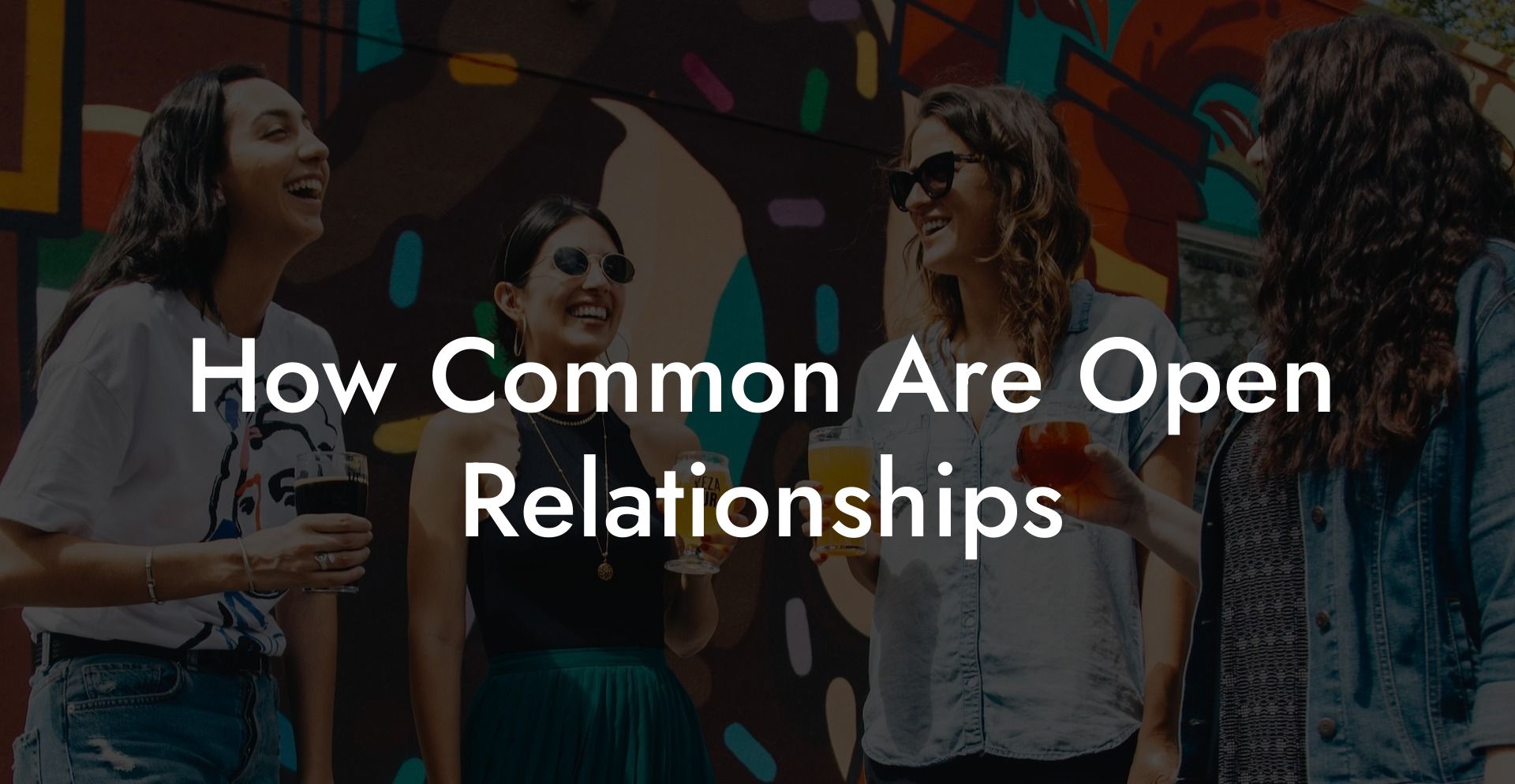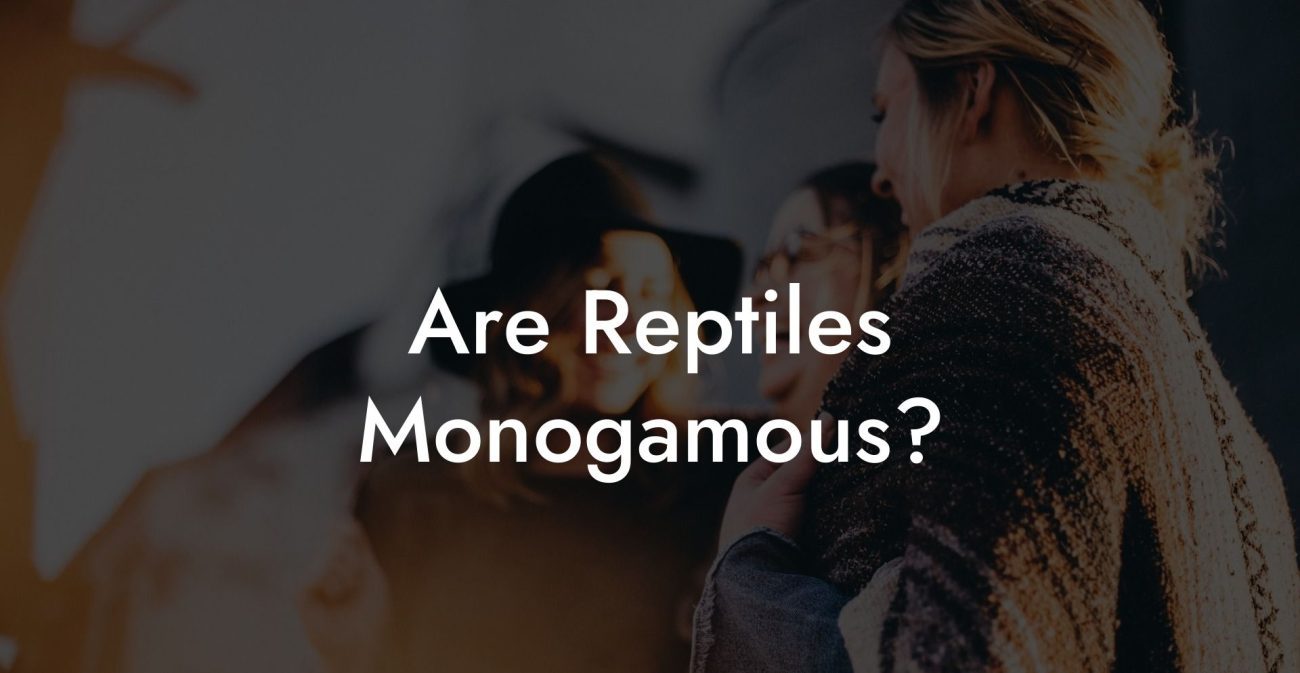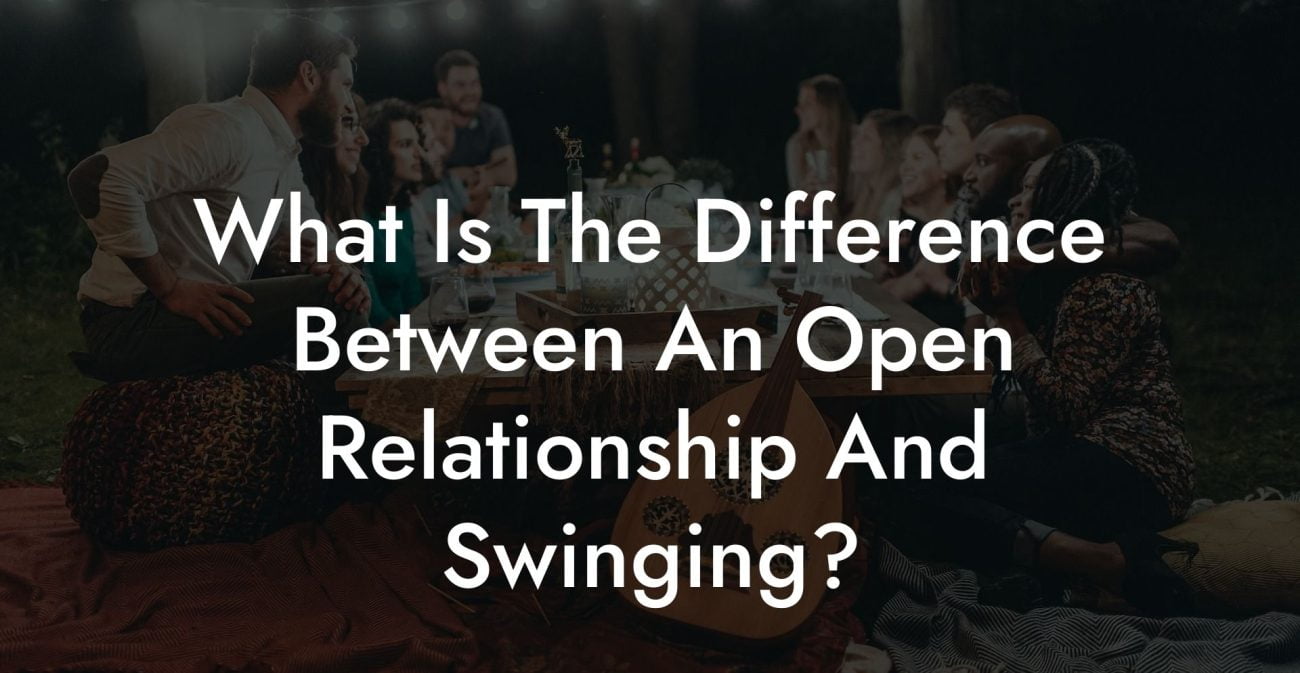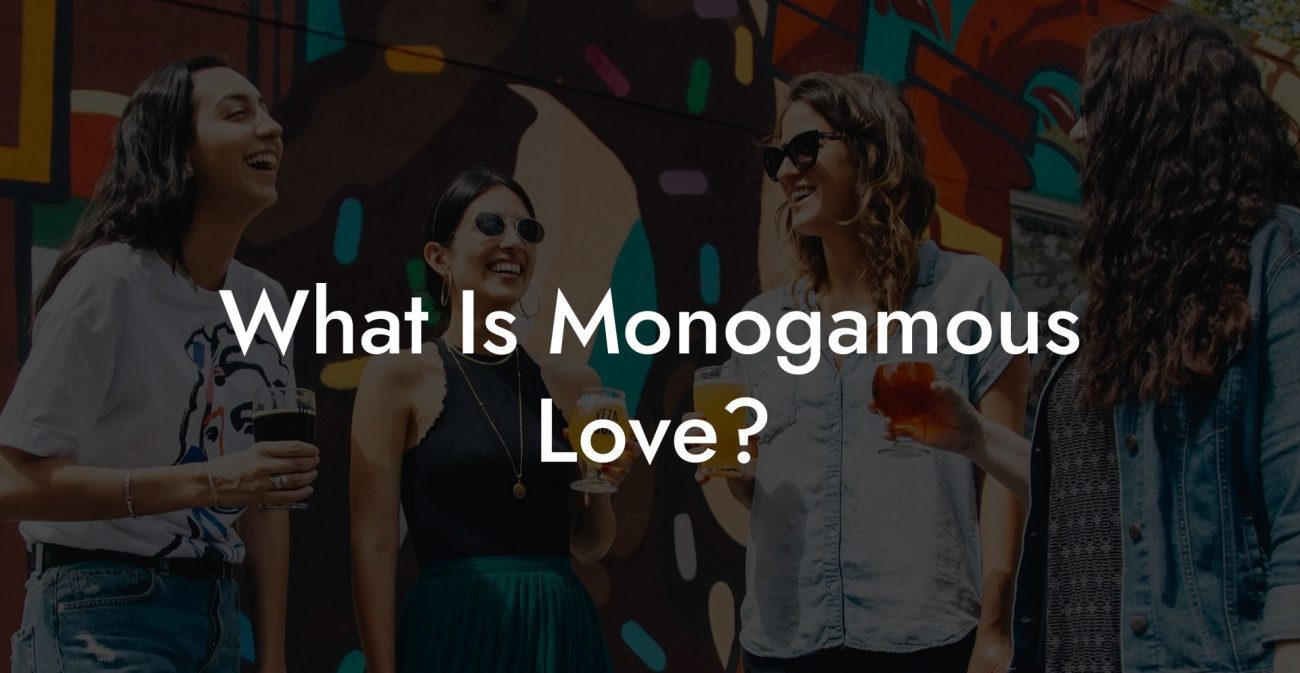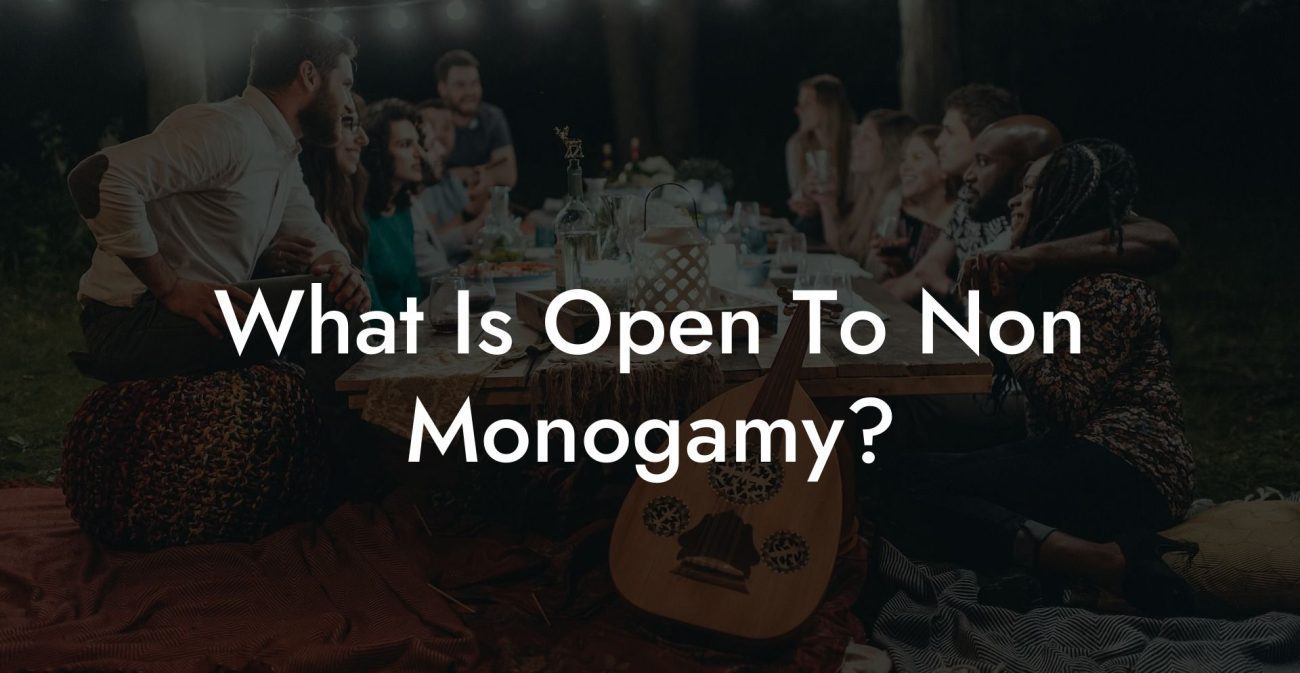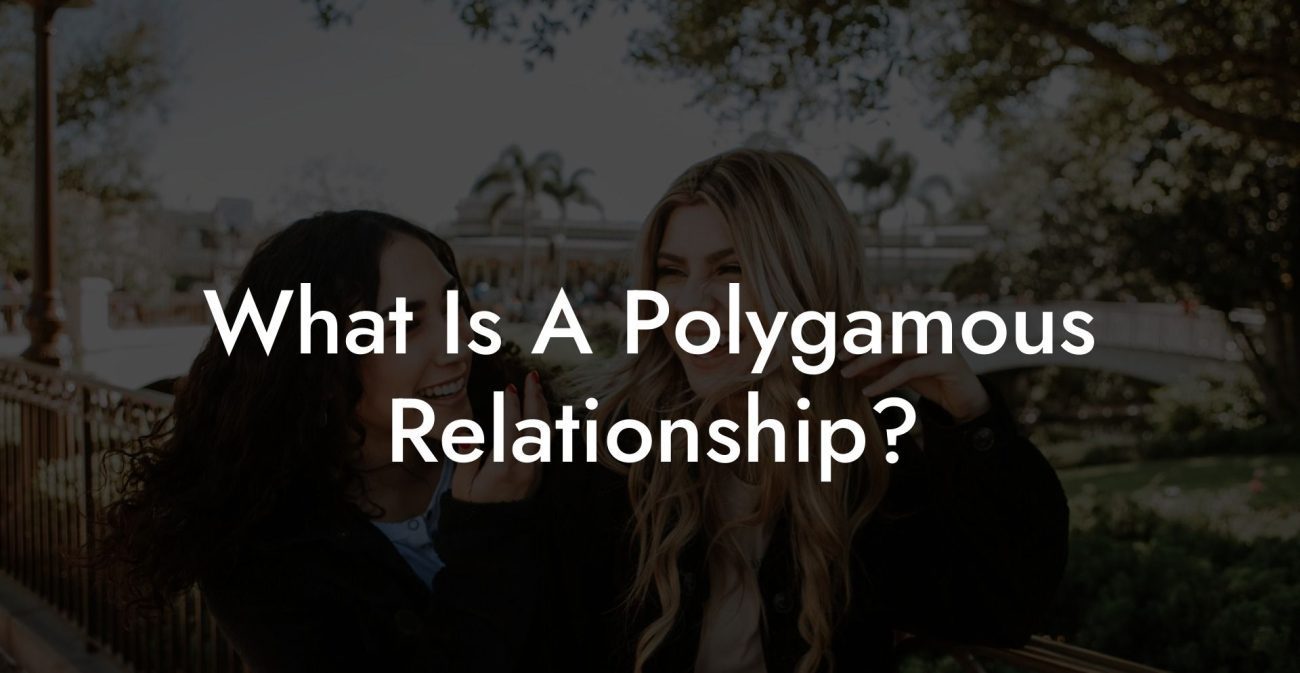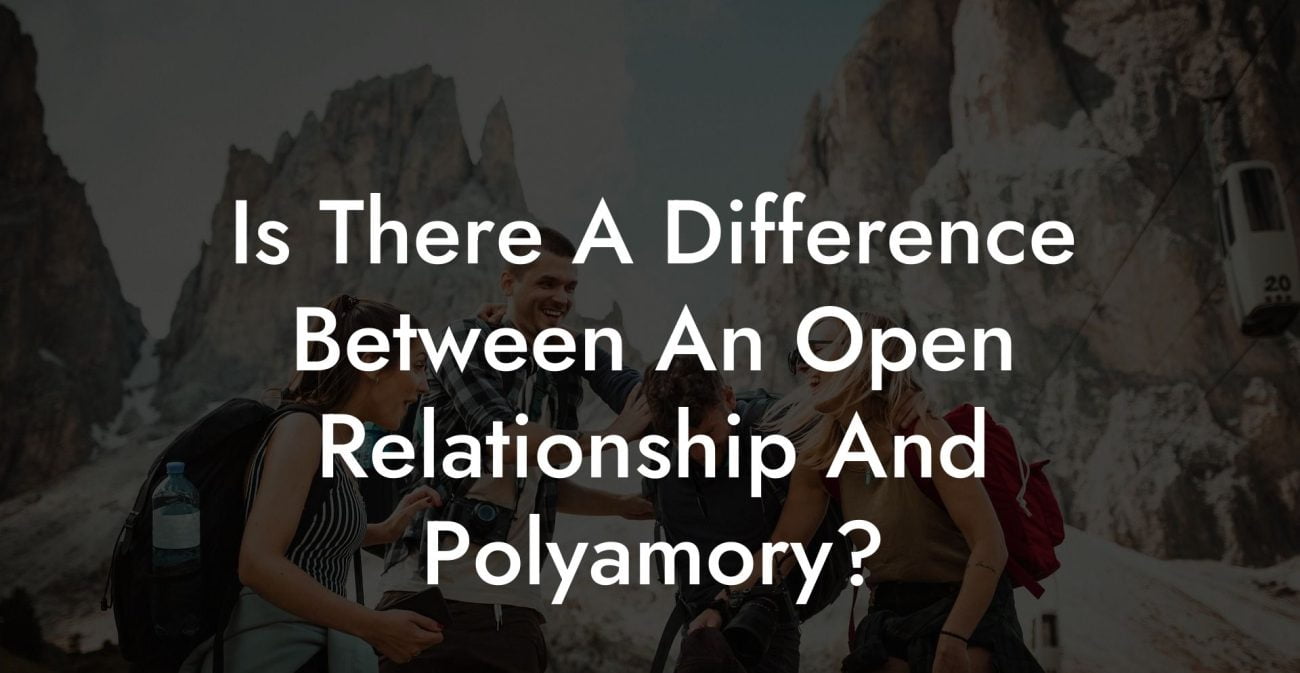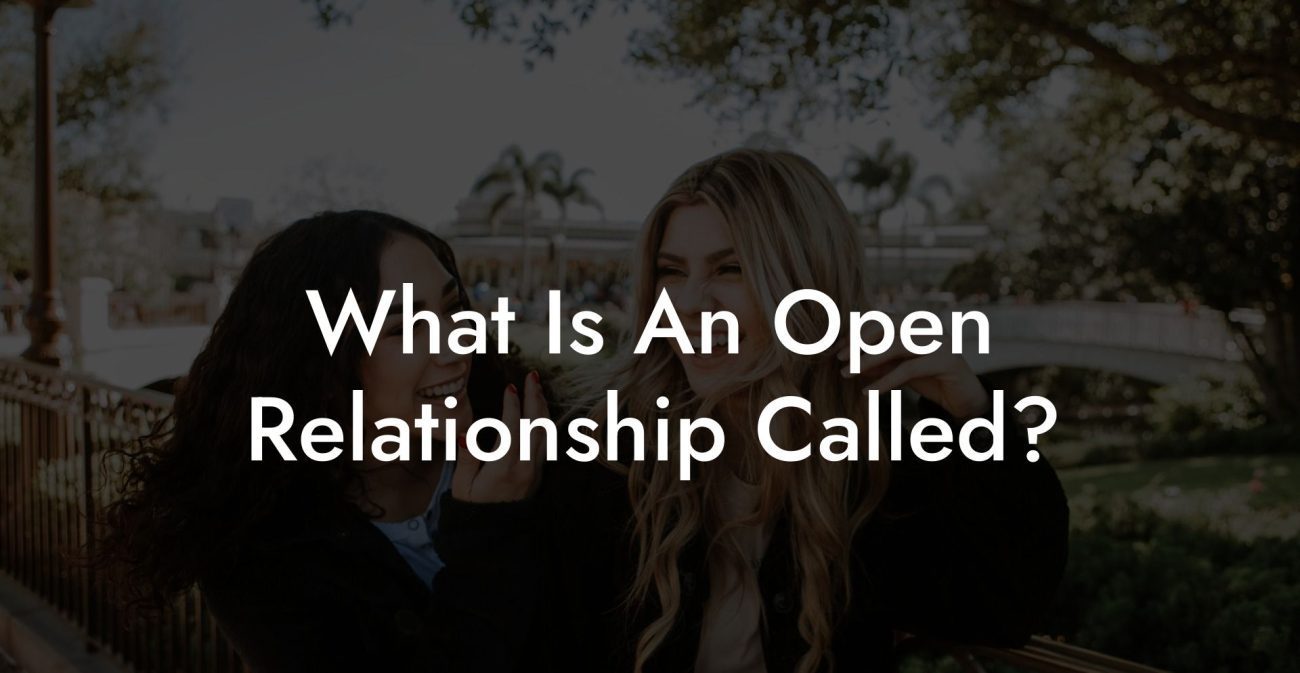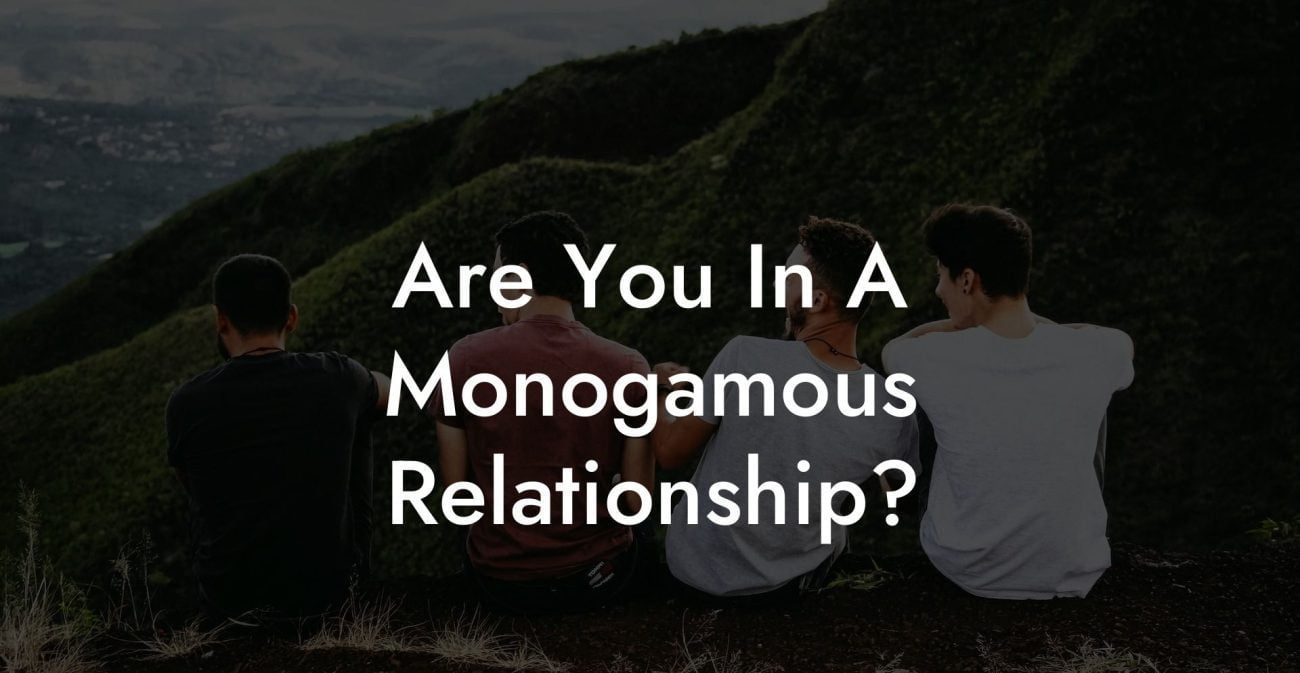Open relationships, a once taboo practice, have started to become more accepted in today's society. With an increase in the number of individuals and couples embracing ethical non-monogamy, many are curious about just how common open relationships are. In this article, we uncover the prevalence of open relationships, what drives people to choose such arrangements, and how they navigate these unconventional connections.
How Common Are Open Relationships Table of Contents
Overview of Open Relationships
Prevalence of Open Relationships
Understanding What Drives People to Choose Open Relationships
Overview of Open Relationships
Open relationships, a form of non-monogamy, generally refers to a committed partnership where both partners agree to engage in sexual or romantic connections with others. There are various types of open relationships, such as polyamory, swinging, and casual dating arrangements.
Prevalence of Open Relationships
Although it is hard to obtain exact figures on the prevalence of open relationships, due to many factors like underreporting and the lack of a standard definition, several studies and surveys have attempted to shed light on the topic. Data from various sources indicates that non-monogamous relationships could account for anywhere between 4% and 20% of the adult population in the United States.
Factors Contributing to the Rise of Open Relationships
- Changing social attitudes: With the evolving societal norms around sexuality, marriage, and love, alternative relationship structures like open relationships are becoming more accepted.
- Access to information: The internet and social media have provided increased access to information and resources on open relationships, thereby supporting and encouraging more people to explore such arrangements.
- Greater visibility: As more people in open relationships speak openly about their experiences, the practice becomes less stigmatized and more accepted.
Understanding What Drives People to Choose Open Relationships
Various motivations influence the choice to engage in an open relationship, but here are some common reasons cited:
- Emotional fulfillment: Some individuals find that one partner cannot fully satisfy their emotional needs, leading them to seek connections with multiple partners.
- Sexual variety: Open relationships allow partners to explore their sexual desires and fantasies with different people, thereby providing variety and novelty.
- Personal growth: Engaging in open relationships can lead to increased self-awareness, improved communication skills, and fostering of trust and honesty within the primary partnership.
- Freedom and autonomy: For some, open relationships offer greater independence and a sense of personal agency while remaining in a committed partnership.
How to Navigate Open Relationships Successfully
Successful open relationships require a strong foundation of trust, communication, and boundary-setting between the involved parties. Here are some essential tips for navigating an open relationship:
- Clear communication: Open and honest dialogue about expectations, boundaries, and feelings is essential for the success of an open relationship.
- Managing jealousy: Addressing and coping with potential feelings of jealousy is crucial, as it can be a common challenge in non-monogamous relationships.
- Support network: Having a support network of like-minded individuals or couples can be helpful in providing advice and reassurance during challenging moments.
- Adjust and reassess: As with any relationship, open relationships may need adjustments and reassessments as circumstances change or new experiences arise.
How Common Are Open Relationships Example:
Mark and Sarah have been in a monogamous relationship for three years. After a series of open and honest conversations, they decided to explore an open relationship. Through clear communication and boundary-setting, they have managed to navigate this new relationship arrangement successfully, experiencing personal growth and greater intimacy within their primary partnership.
As open relationships continue to gain acceptance and visibility, it is important to understand their prevalence and the motivations behind opting for such arrangements. Through open communication, trust, and honest self-exploration, individuals and couples can embrace the unique possibilities that come with non-monogamous connections. If this article was helpful or insightful, please feel free to share it with others who may be curious about open relationships, and be sure to explore other posts and guides on The Monogamy Experiment.

